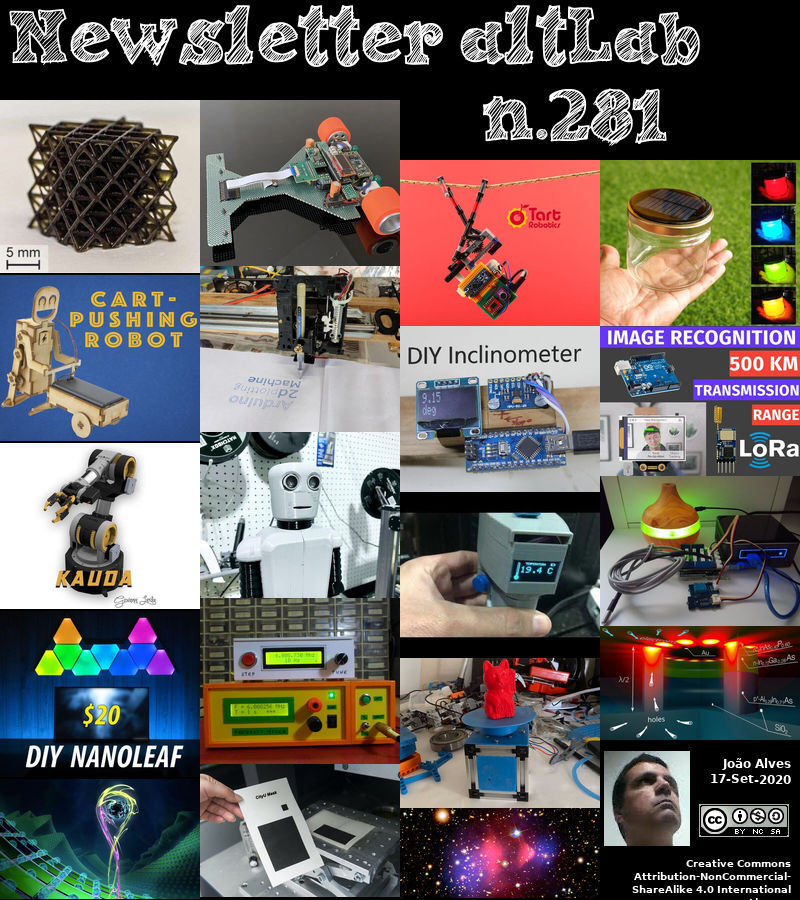2020-09-17 - Nº 281
Editorial
Esta é a Newsletter Nº 281 que se apresenta com o mesmo formato que as anteriores. Se gostar da Newsletter partilhe-a!
Todas as Newsletters encontram-se indexadas no link.
Esta Newsletter tem os seguintes tópicos:
Faz hoje anos que nascia, em 1826, o matemático alemão Bernhard Riemann. O seu trabalho influenciou amplamente a geometria e a análise. Além disso, as suas ideias sobre a geometria do espaço tiveram um efeito profundo no desenvolvimento da física teórica moderna e forneceram a base para os conceitos e métodos usados posteriormente na teoria da relatividade. Ele esclareceu a noção de integral definindo o que agora chamamos de integral de Riemann. Ele foi um pensador original e uma série de métodos, teoremas e conceitos têm o seu nome.
Faz também hoje anos que nascia, em 1854, o inventor e fabricante de automóveis escocês-americano David Dunbar Buick. Ele inventou o motor mais potente com válvula na cabeça e o pára-brisa. Sem perspicácia para os negócios, ele foi fabricante por apenas alguns anos, mas a marca Buick permaneceu depois do seu negócio ter sido adquirido por seus financiadores. Buick tinha começado (1884) no negócio de produção de tubagens e desenvolvido um método para ligar o esmalte ao ferro na produção de banheiras e pias. Em 1899, ele fez motores de combustão interna, o que levou à formação da Buick Manufacturing Company (1902) para fabricar automóveis.
Faz igualmente hoje anos que nascia, em 1857, pioneiro teórico do espaço russo Konstantin Tsiolkovsky. Ele enquanto professor de uma escola russa de província, elaborou muitos dos princípios da viagem espacial. Em 1883, ele observou que um veículo no espaço viajaria na direcção oposta ao gás que emitia, e foi o primeiro a propor seriamente esse método de propulsão nas viagens espaciais. Ele escreveu vários artigos, incluindo o artigo de 1903 “Exploração do Espaço com Dispositivos Reactivos”. As equações de engenharia que ele derivou incluíam parâmetros como impulso específico, coeficiente de impulso e razão de área. Ele estabeleceu que a combinação química mais eficiente seria a de hidrogénio líquido e oxigénio líquido. Mais tarde, ele foi reconhecido pela União Soviética como o "pai da cosmonautica". Ele também construiu o primeiro túnel de vento.
Por fim, faz hoje anos que nascia, em 1916, o engenheiro electrotécnico americano Oswald Garrison Villard Jr.. Ele foi responsável pelo desenvolvimento de um radar além do horizonte (uma maneira de detectar objectos fora da visão directa ao ressaltar o radar da ionosfera, uma camada electricamente carregada na atmosfera superior) para que o radar pudesse observar a curvatura da Terra para detectar aeronaves e mísseis a milhares de quilómetros de distância. O seu interesse em electricidade começou com um exemplar do livro Harper's Electricity Book for Boys. Aos 12 anos, ele montou um rádio de um kit. Durante a Segunda Guerra Mundial, ele pesquisou contra-medidas para proteger as forças aliadas contra dispositivos de rádio e radar inimigos. Ele fez estudos pioneiros de bloqueio de radar. Em 1947, ele projectou um transmissor de voz simplificado, permitindo a comunicação bidireccional num único canal de rádio, como uma conversa telefónica.
Nesta semana que passou foi notícia o acordo entre a NVIDIA e o Softbank para a aquisição da ARM por uma quantia de 40 mil milhões de dólares. A combinação reúne a plataforma de computação IA líder da NVIDIA com o vasto ecossistema da ARM para criar a principal empresa de computação para a era da inteligência artificial, acelerando a inovação enquanto se expande para grandes mercados e de alto crescimento. O SoftBank permanecerá comprometida com o sucesso de longo prazo da ARM por meio de sua participação na NVIDIA, que deve ser inferior a 10 por cento.
Na Newsletter desta semana apresentamos diversas noticias, artigos científicos assim como projetos de maker. É apresentado também um livro sobre x86-64 Assembly Language Programming com Ubuntu.
 João Alves ([email protected])
João Alves ([email protected])
O conteúdo da Newsletter encontra-se sob a licença  Creative Commons Attribution-NonCommercial-ShareAlike 4.0 International License.
Creative Commons Attribution-NonCommercial-ShareAlike 4.0 International License.
Novidades da Semana
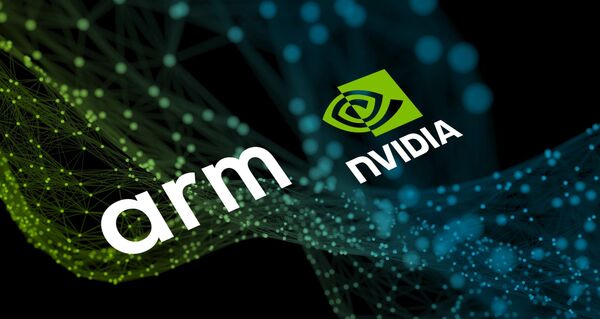
NVIDIA to Acquire Arm for $40 Billion, Creating World’s Premier Computing Company for the Age of AI
"NVIDIA and SoftBank Group Corp. (SBG) today announced a definitive agreement under which NVIDIA will acquire Arm Limited from SBG and the SoftBank Vision Fund (together, “SoftBank”) in a transaction valued at $40 billion. The transaction is expected to be immediately accretive to NVIDIA’s non-GAAP gross margin and non-GAAP earnings per share. The combination brings together NVIDIA’s leading AI computing platform with Arm’s vast ecosystem to create the premier computing company for the age of artificial intelligence, accelerating innovation while expanding into large, high-growth markets. SoftBank will remain committed to Arm’s long-term success through its ownership stake in NVIDIA, expected to be under 10 percent. “AI is the most powerful technology force of our time and has launched a new wave of computing,” said Jensen Huang, founder and CEO of NVIDIA. “In the years ahead, trillions of computers running AI will create a new internet-of-things that is thousands of times larger than today’s internet-of-people." [...]
Outras Notícias
Samsung Expands Advanced 0.7μm-Pixel ISOCELL Image Sensor Offerings for Wider Mobile Applications
"Compact chips boast industry’s smallest pixel size, allowing sleeker designs and minimized camera bumps The new 0.7μm lineup will adopt enhanced pixel technology with boosted light sensitivity, ISOCELL 2.0, later this year Samsung Electronics, a world leader in advanced semiconductor technology, today introduced four new Samsung ISOCELL image sensors for its 0.7 micrometer (μm)-pixel product lineup; 108-megapixel (Mp) ISOCELL HM2, 64Mp ISOCELL GW3, 48Mp ISOCELL GM5 and 32Mp ISOCELL JD1. With the new 0.7μm ISOCELL technology, Samsung plans to expand the ultra-high-resolution offerings to mainstream smartphones. “Samsung continues to pioneer innovations, such as ISOCELL Plus and Smart ISO, to deliver more pixels in a smaller package,” said Yongin Park, executive vice president of the sensor business at Samsung Electronics. “Last year, Samsung introduced the industry’s first 0.7μm-pixel image sensor and the first 108Mp sensors. Now we are bringing more of the advanced pixel technologies to mobile cameras in a variety of options that will enable high-resolution images and sleeker designs in a wider selection of tomorrow’s mobile devices.” For ultra-high-resolution image sensors, even a mere 0.1μm-difference per pixel can have a significant impact on the overall size of the sensor as well as the height of the camera module. With pixels at 0.7μm, Samsung’s newest image sensors are up to 15-percent smaller than the 0.8μm sensors of the same resolution and reduce the height of the camera module by up to 10 percent." [...]
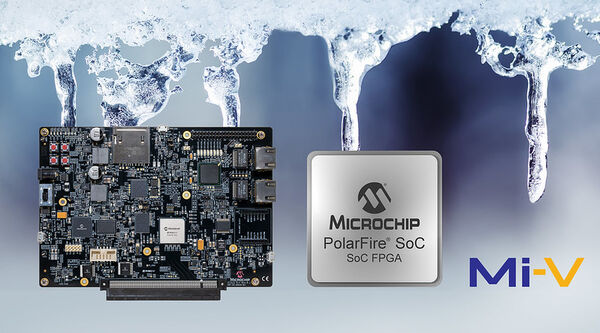
The Industry’s First SoC FPGA Development Kit Based on the RISC-V Instruction Set Architecture is Now Available
"The rising adoption of the free and open RISC-V Instruction Set Architecture (ISA) is driving the need for an affordable, standardized development platform that embeds RISC-V technology and leverages the diverse RISC-V ecosystem. To meet this need, Microchip Technology Inc. (Nasdaq: MCHP) is offering the industry’s first RISC-V-based System-on-Chip (SoC) Field-Programmable Gate Array (FPGA) development kit for PolarFire® SoC FPGA—the industry-leading low-power, low-cost, RISC-V-based SoC FPGA. Microchip’s Icicle Development Kit for PolarFire (SoC) FPGAs brings together numerous Mi-V partners to accelerate customer design deployment and commercial adoption across a variety of industries. Designers who want to deploy a programmable RISC-V-based SOC FPGA are now able to start development and evaluate the broad network of RISC-V ecosystem products such as Real-Time Operating Systems (RTOS), debuggers, compilers, System On Modules (SOMs) and security solutions. The Mi-V RISC-V Partner Ecosystem is a continuously expanding, comprehensive suite of tools and design resources developed by Microchip and numerous third parties to fully support RISC-V designs. “Microchip is enabling an unprecedented transformation in processor design as the market embraces RISC-V software and silicon,” said Bruce Weyer, vice president of the Field-Programmable Gate Array business unit at Microchip." [...]

Microsoft finds underwater datacenters are reliable, practical and use energy sustainably
"Earlier this summer, marine specialists reeled up a shipping-container-size datacenter coated in algae, barnacles and sea anemones from the seafloor off Scotland’s Orkney Islands. The retrieval launched the final phase of a years-long effort that proved the concept of underwater datacenters is feasible, as well as logistically, environmentally and economically practical. Microsoft’s Project Natick team deployed the Northern Isles datacenter 117 feet deep to the seafloor in spring 2018. For the next two years, team members tested and monitored the performance and reliability of the datacenter’s servers. The team hypothesized that a sealed container on the ocean floor could provide ways to improve the overall reliability of datacenters. On land, corrosion from oxygen and humidity, temperature fluctuations and bumps and jostles from people who replace broken components are all variables that can contribute to equipment failure." [...]
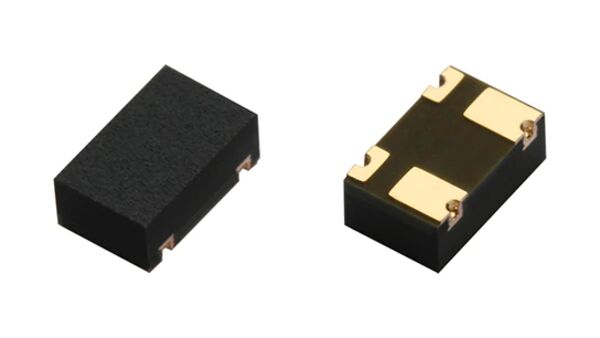
Toshiba Launches Photorelays in New Package for High-density Mounting
"Toshiba Electronic Devices & Storage Corporation (“Toshiba”) has launched three photorelays, TLP3480, TLP3481 and TLP3482 in P-SON4, a new package with a significantly smaller mounting area than Toshiba’s SOP packages. Shipments start today. All of the new photorelays have an OFF-state output terminal voltage rating and ON-state current rating comparable with products housed in SOP package products, with ratings ranging from 30V and 4.5A to 100V and 2A, according to the device. The new P-SON4 package is highly suited to high-density mounting, as it has a mounting area of 7.2mm2 (typ. ), approximately 74% smaller than the 2.54SOP4 package and 84% smaller than the 2.54SOP6 package. It also features low ON-resistance by using Toshiba’s latest MOSFET chips[1] in the receiver." [...]

NASA Missions Spy First Possible Planet Hugging a Stellar Cinder
"The violent events leading up to the death of a star would likely drive away any planets. The newly discovered Jupiter-size object may have arrived long after the star died. An international team of astronomers using NASA's Transiting Exoplanet Survey Satellite (TESS) and retired Spitzer Space Telescope has reported what may be the first intact planet found closely orbiting a white dwarf, the dense leftover of a Sun-like star, only 40% larger than Earth. The Jupiter-size object, called WD 1856 b, is about seven times larger than the white dwarf, named WD 1856+534. It circles this stellar cinder every 34 hours, more than 60 times faster than Mercury orbits our Sun. "WD 1856 b somehow got very close to its white dwarf and managed to stay in one piece," said Andrew Vanderburg, an assistant professor of astronomy at the University of Wisconsin-Madison." [...]
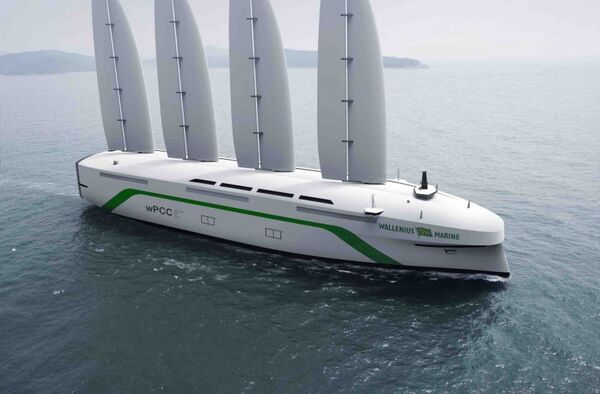
Swedish consortium unveils mammoth wind-powered car carrier
"A Swedish consortium including ship design firm Wallenius Marine has unveiled a modern-day sailing ship which will be capable of carrying 6-7,000 vehicles and be able to reduce emissions for the trans-Atlantic crossing by 90%. The wPCC – wind Powered Car Carrier – is a Swedish collaborative project led and overseen by Wallenius Marine and including the KTH Royal Institute of Technology in Stockholm, and maritime consulting firm SSPA. Heralded as a “Swedish project for truly sustainable shipping,” the wPCC is currently being developed by the consortium and is expected to be sailing by the end of 2024. The world’s largest sailing vessel, the wPCC is billed as being able to reduce emissions by 90% as compared to other ocean-going freighters. A transatlantic crossing aboard the wPCC would take twelve days, instead of the current seven days it takes a conventional freighter. Conversely, the current fleet of around 450 large car transporters currently use 40 tonnes of fossil fuel per day, opening the door for significant reductions to shipping emissions." [...]
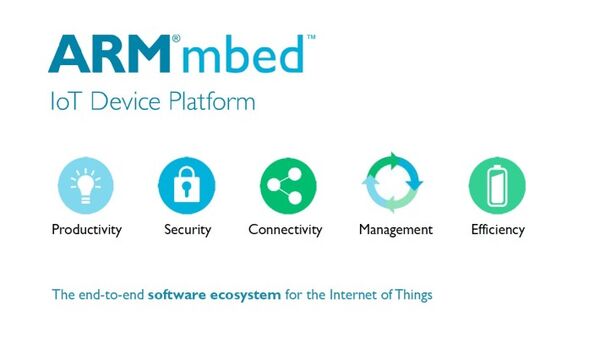
Mbed OS 6.3 released today
"The Mbed team are pleased to announce the release of Mbed OS 6.3 today. This release includes features and examples covering; Cloud connectivity WiSUN BLE Over the past few months, we have begun to release our work to extend cloud service support in Mbed OS, initially by adding an integration with the Amazon Web Services SDK, which we released as part of Mbed 6.0 back in June. We firmly believe that providing examples of how to use Mbed OS with different cloud service providers gives developers using Mbed more choices when it comes to developing their IoT products and so today we’re pleased to release two further cloud service integrations; Microsoft Azure IoT Google Cloud IoT You can find out more about these integrations, and see an example of how to use them here Wi-SUN is a meshing network technology being adopted in smart city and smart metering use cases. Mbed OS first introduced Wi-SUN support in our 5.12 release and we’ve subsequently been adding new features as the technology is becoming more widely adopted. In Mbed OS 6.3 we’ve added new functionality to support setting up and securing a Wi-SUN Border Router. As we’ve mentioned before, we are also in the process of tidying up the Mbed directory structure as part of the development of the new build tools we’re working on, so further changes to that structure are included in this release." [...]
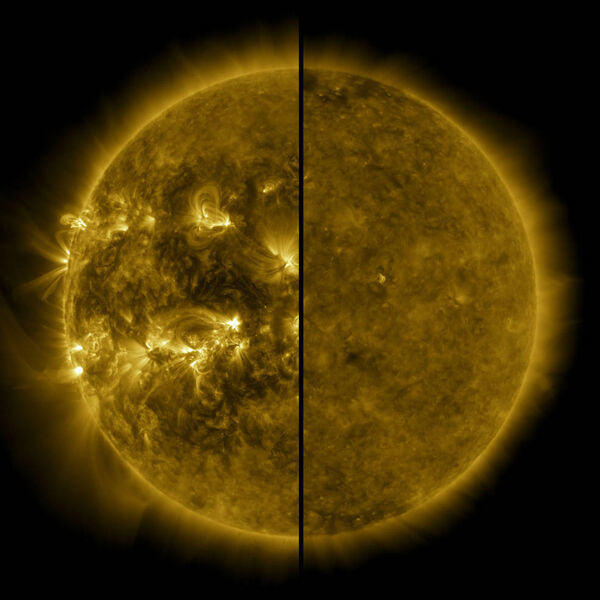
Solar Cycle 25 Is Here. NASA, NOAA Scientists Explain What That Means
"Solar Cycle 25 has begun. During a media event on Tuesday, experts from NASA and the National Oceanic and Atmospheric Administration (NOAA) discussed their analysis and predictions about the new solar cycle – and how the coming upswing in space weather will impact our lives and technology on Earth, as well as astronauts in space. The Solar Cycle 25 Prediction Panel, an international group of experts co-sponsored by NASA and NOAA, announced that solar minimum occurred in December 2019, marking the start of a new solar cycle. Because our Sun is so variable, it can take months after the fact to declare this event. Scientists use sunspots to track solar cycle progress; the dark blotches on the Sun are associated with solar activity, often as the origins for giant explosions – such as solar flares or coronal mass ejections – which can spew light, energy, and solar material into space. “As we emerge from solar minimum and approach Cycle 25’s maximum, it is important to remember solar activity never stops; it changes form as the pendulum swings,” said Lika Guhathakurta, solar scientist at the Heliophysics Division at NASA Headquarters in Washington." [...]
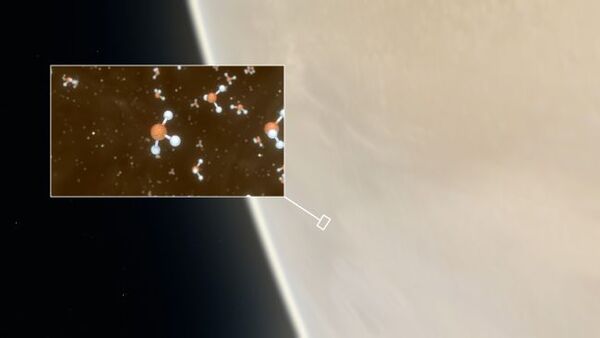
Strange chemical in clouds of Venus defies explanation. Could it be a sign of life?
"Is there life on Venus? A new discovery suggests we should look harder. Discovering life beyond Earth may well start with a sniff, a whiff of some chemical that scientists struggle to explain without invoking a strange, shadowy microbe. That first step has happened on Mars and on a few distant moons, and now, scientists suggest, on Venus. A team of astronomers announced today (Sept. 14) that it has spotted the chemical fingerprint of phosphine, which scientists have suggested may be tied to life, in the clouds of the second rock from the sun. The finding is no guarantee that life exists on Venus, but researchers say it's a tantalizing find that emphasizes the need for more missions to the hot, gassy planet next door." [...]
Ciência e Tecnologia
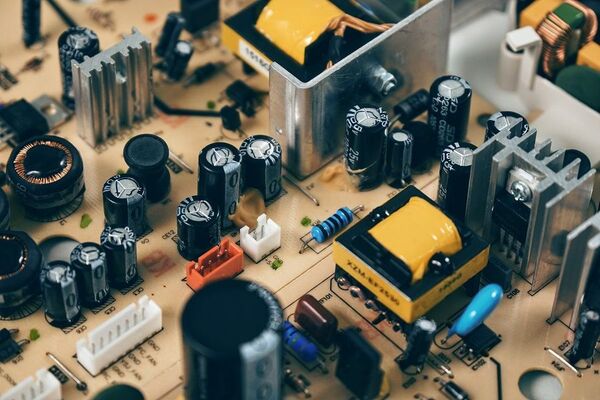
The New Composite Prevents Malfunctions of Electronic Devices
"Scientists from South Ural State University follow the rapid development of micro- and nanoelectronics. Researchers are developing materials for future electronic devices. For example, they have proposed a new composite material that can be used in capacitors to increase energy storage performance and help prevent malfunctions. An article on the development of a material with improved dielectric properties was published in the Journal of Materials Chemistry A (top 10%), one of the most highly ranked scientific journals. Unique material for nanoelectronics Scientists from South Ural State University in collaboration with colleagues from Belarus, India and China have created a composite material for nanoelectronics. The material can be used as a dielectric (insulating substance) in polymer capacitors." [...]

New method prevents quantum computers from crashing
"Quantum information is fragile, which is why quantum computers must be able to correct errors. But what if whole qubits are lost? Researchers at the University of Innsbruck, in collaboration with RWTH Aachen University and University of Bologna, are now presenting a method in the journal Nature that allows quantum computers to keep going even if they lose some qubits along the way. Qubits—the carriers of quantum information—are prone to errors induced by undesired environmental interactions. These errors accumulate during a quantum computation and correcting them is thus a key requirement for a reliable use of quantum computers. It is by now well known that quantum computers can withstand a certain amount of computational errors, such as bit flip or phase flip errors." [...]
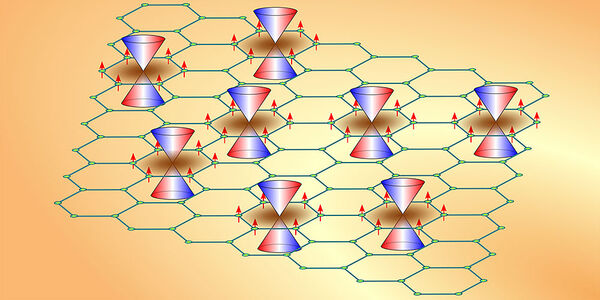
Quirky Response to Magnetism Presents Quantum Physics Mystery
"The search is on to discover new states of matter, and possibly new ways of encoding, manipulating, and transporting information. One goal is to harness materials’ quantum properties for communications that go beyond what’s possible with conventional electronics. Topological insulators—materials that act mostly as insulators but carry electric current across their surface—provide some tantalizing possibilities. “Exploring the complexity of topological materials—along with other intriguing emergent phenomena such as magnetism and superconductivity—is one of the most exciting and challenging areas of focus for the materials science community at the U.S. Department of Energy’s Brookhaven National Laboratory,” said Peter Johnson, a senior physicist in the Condensed Matter Physics & Materials Science Division at Brookhaven. “We’re trying to understand these topological insulators because they have lots of potential applications, particularly in quantum information science, an important new area for the division.” For example, materials with this split insulator/conductor personality exhibit a separation in the energy signatures of their surface electrons with opposite “spin.” This quantum property could potentially be harnessed in “spintronic” devices for encoding and transporting information. Going one step further, coupling these electrons with magnetism can lead to novel and exciting phenomena." [...]
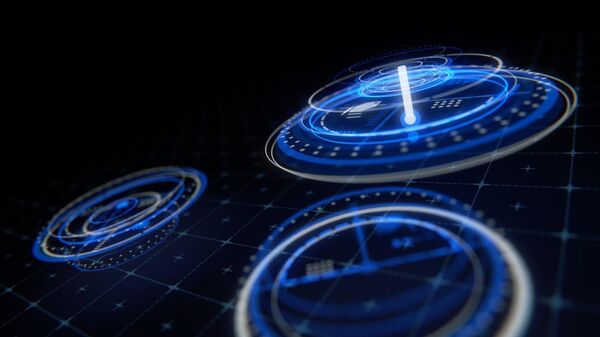
How to train a machine to see 3D in the dark
"Researchers at The Australian National University (ANU) have developed a new way to create an almost perfect hologram in near darkness. Optical holograms are a clever way of producing a 3D image of an object. They have a number of uses - from protecting our ID cards from forgery, to real-time imaging of living cells. The new breakthrough will allow holograms to perform these vital functions and more with a lot less light. According to Dr Steve Lee, the quality of an optical hologram is often linked to the brightness of laser light. "So we asked ourselves, how can we make an optical hologram in almost complete darkness?"" [...]
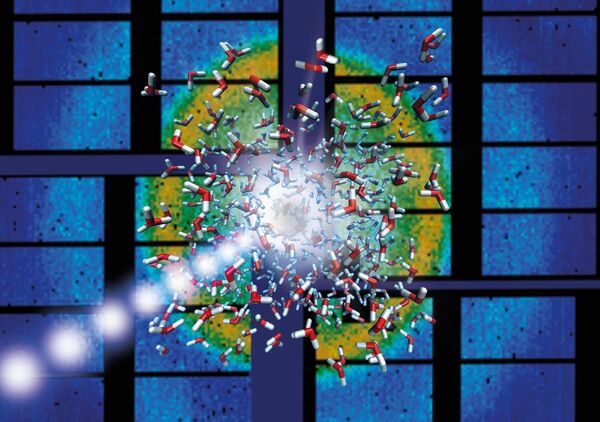
Liquid water at 170 degrees Celsius
"Using the X-ray laser European XFEL, a research team has investigated how water heats up under extreme conditions. In the process, the scientists were able to observe water that remained liquid even at temperatures of more than 170 degrees Celsius. The investigation revealed an anomalous dynamic behaviour of water under these conditions. The results of the study, which are published in the Proceedings of the National Academy of Sciences (PNAS), are of fundamental importance for the planning and analysis of investigations of sensitive samples using X-ray lasers. European XFEL, an international research facility, which extends from the DESY site in Hamburg to the neighbouring town of Schenefeld in Schleswig-Holstein, is home to the most powerful X-ray laser in the world. It can generate up to 27 000 intense X-ray flashes per second." [...]
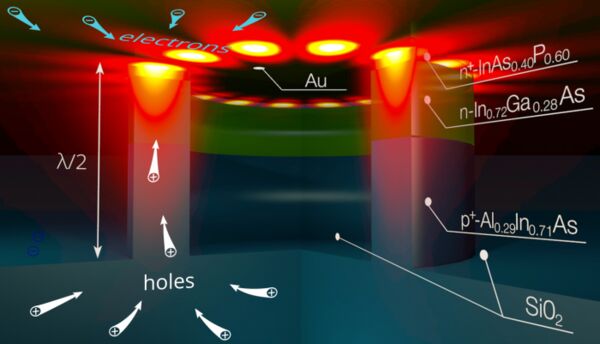
Physicists make electrical nanolasers even smaller
"Researchers from the Moscow Institute of Physics and Technology and King’s College London cleared the obstacle that had prevented the creation of electrically driven nanolasers for integrated circuits. The approach, reported in a recent paper in Nanophotonics, enables coherent light source design on the scale not only hundreds of times smaller than the thickness of a human hair but even smaller than the wavelength of light emitted by the laser. This lays the foundation for ultrafast optical data transfer in the manycore microprocessors expected to emerge in the near future. Light signals revolutionized information technologies in the 1980s, when optical fibers started to replace copper wires, making data transmission orders of magnitude faster. Since optical communication relies on light — electromagnetic waves with a frequency of several hundred terahertz — it allows transferring terabytes of data every second through a single fiber, vastly outperforming electrical interconnects. Fiber optics underlies the modern internet, but light could do much more for us." [...]
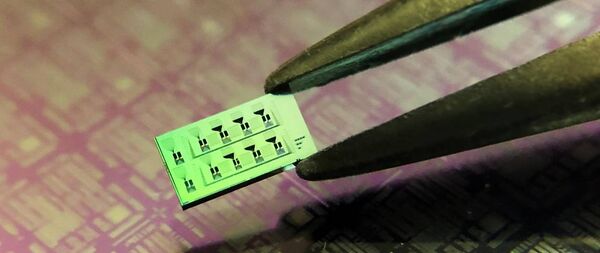
Researchers have developed the world’s smallest ultrasound detector
"Researchers at the Technical University of Munich (TUM) and Helmholtz Zentrum München have developed the world’s smallest ultrasound detector. It is based on miniaturized photonic circuits on top of a silicon chip. With a size 100 times smaller than an average human hair, the new detector can visualize features that are much smaller than previously possible, leading to what is known as super-resolution imaging. Since the development of medical ultrasound imaging in the 1950s, the core detection technology of ultrasound waves has primarily focused on using piezoelectric detectors, which convert the pressure from ultrasound waves into electric voltage. The imaging resolution achieved with ultrasound depends on the size of the piezoelectric detector employed. Reducing this size leads to higher resolution and can offer smaller, densely packed one or two dimensional ultrasound arrays with improved ability to discriminate features in the imaged tissue or material." [...]
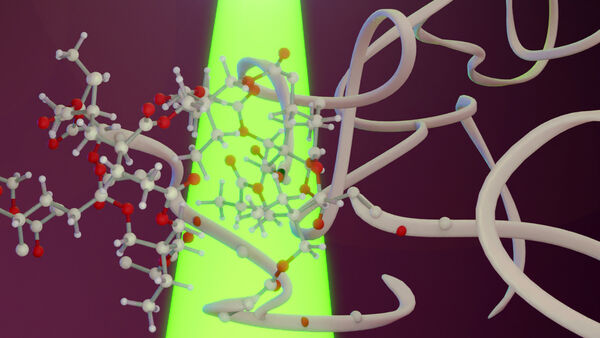
Researchers Discover New Photoactivation Mechanism for Polymer Production
"A team of researchers from North Carolina State University has demonstrated a way to use low-energy, visible light to produce polymer gel objects from pure monomer solutions. The work not only poses a potential solution to current challenges in producing these materials, it also sheds further light on the ways in which low energy photons can combine to produce high energy excited states. Polymer products – primarily plastics – are used in everything from water bottles to medical applications, with billions of pounds of these materials being produced annually. Select polymers can be produced via a process called free radical polymerization, in which a monomer solution is exposed to ultraviolet (UV) light. The high energy of UV light enables the reaction, forming the polymer. The advantages of this method include fewer chemical waste byproducts and less environmental impact." [...]
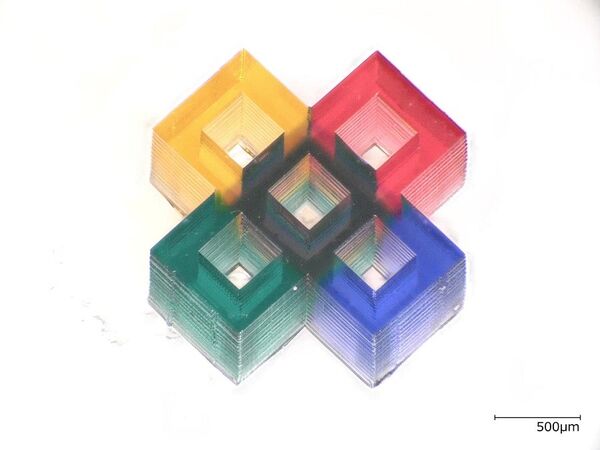
Researchers 3D Print Tiny Multicolor Microstructures
"Researchers have developed an automated 3D printing method that can produce multicolor 3D microstructures using different materials. The new method could be used to make a variety of optical components including optical sensors and light-driven actuators as well as multimaterial structures for applications such as soft robotics and medical applications. “Combining multiple kinds of materials can be used to create a function that cannot be realized with a single material,” said research team leader Shoji Maruo from Yokohama National University in Japan. “Methods like ours that allow single-step fabrication of multimaterial structures eliminates assembling processes, allowing the production of devices with high precision and low cost.” In The Optical Society (OSA) journal Optical Materials Express, Maruo and colleagues describe their new 3D printing method and demonstrate it by creating various multicolor 3D structures. Their technique is based on stereolithography, a 3D printing method that is ideal for making microdevices because it uses a tightly focused laser beam to make intricately detailed features. “The ability to make multimaterial microscale optical elements using 3D printing could aid in the miniaturization of optical devices used for medical treatments and diagnoses,” said Maruo." [...]
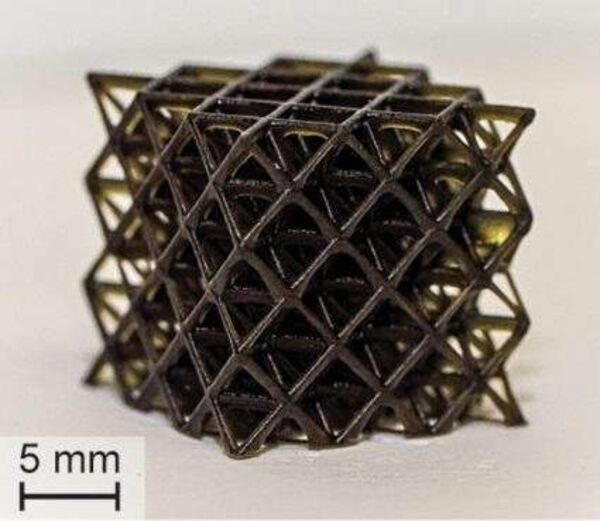
Rapid 3D printing with visible light
"3D printing has driven innovations in fields ranging from art to aerospace to medicine. However, the high-energy ultraviolet (UV) light used in most 3D printers to cure liquid resins into solid objects limits the technique’s applications. Visible-light curing, which would be more appropriate for some uses, such as tissue engineering and soft robotics, is slow. Now, researchers reporting in ACS Central Science have developed photopolymer resins that boost the speed of visible-light curing. With the help of computer-aided design, 3D-printed objects are made by the successive layering of a material into a 3D shape, with each layer solidified or “cured” using UV light. Being able to use visible light for curing would have advantages, including reduced cost, improved biocompatibility, greater depth of light penetration and reduced light scattering." [...]
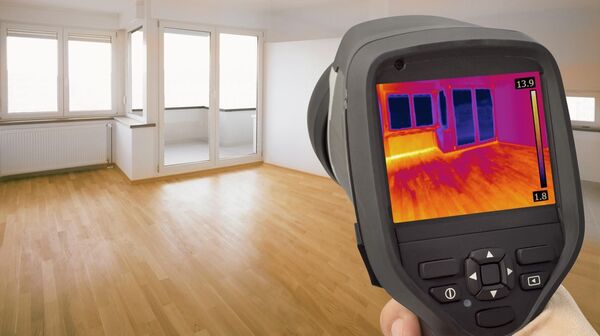
Lighting the way to infrared detection
"EPFL physicists propose a new path to detect infrared radiation with outstanding sensitivity, allowing detection of signals as low as that of a single quantum of light. When using our webcam or cell phone camera, we experience the tremendous capabilities of cheap and compact sensors developed in the past decades for the visible region of the electromagnetic spectrum. On the contrary, detection of lower frequency radiation not visible to the human eye (such as mid- and far-infrared radiation) requires complex and costly equipment. Lack of a compact technology impedes widespread access to sensors for the recognition of molecules and the imaging of thermal radiation naturally emitted by our bodies. A new conceptual breakthrough in this field may therefore have tremendous impacts in our daily lives. The most popular technique currently available to detect mid- and far-infrared radiation consists in bolometers, which are made up of arrays of small thermometers measuring the heat produced by absorption of radiation." [...]
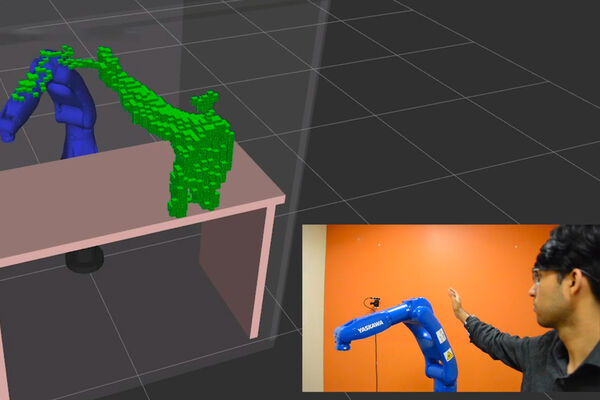
Helping robots avoid collisions
"Realtime Robotics has created a controller that helps robots safely move around on the fly. George Konidaris still remembers his disheartening introduction to robotics. “When you’re a young student and you want to program a robot, the first thing that hits you is this immense disappointment at how much you can’t do with that robot,” he says. Most new roboticists want to program their robots to solve interesting, complex tasks — but it turns out that just moving them through space without colliding with objects is more difficult than it sounds. Fortunately, Konidaris is hopeful that future roboticists will have a more exciting start in the field. That’s because roughly four years ago, he co-founded Realtime Robotics, a startup that’s solving the “motion planning problem” for robots." [...]
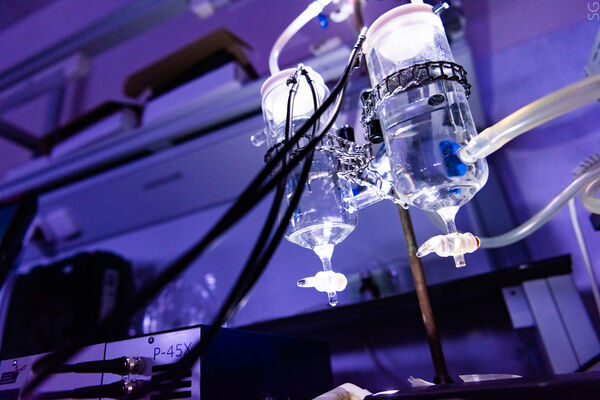
Body heat into electricity: scientists developed a new way to charge gadgets
"Scientists from NUST MISIS have developed a new type of energy-efficient devices — thermocells that convert heat into energy. This will make possible creation of portable batteries that can be applied to virtually any surface, including clothing, to generate electricity directly from the surface of the body. The results are presented in the Renewable Energy journal. Thermoelectricity — electricity obtained from heat due to temperature potential differences — is one of the most promising areas of “green energy”. This potential difference (the so-called temperature gradients) surrounds us everywhere — a building heated in the sun, a working transport, even the heat of the human body. The problem is that the modern thermoelectrochemical cells (thermocells) have a rather low output power." [...]
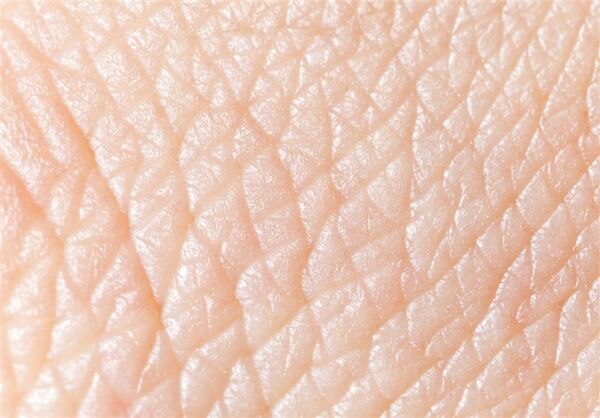
Watson Researchers Create Better Material For Wearable Biosensors
"Biosensors that are wearable on human skin or safely used inside the body are increasingly prevalent for both medical applications and everyday health monitoring. Finding the right materials to bind the sensors together and adhere them to surfaces is also an important part of making this technology better. A recent study from Binghamton University’s Thomas J. Watson College of Engineering and Applied Science offers one possible solution, especially for skin applications. Matthew S. Brown, a fourth-year PhD student with Assistant Professor Ahyeon Koh’s lab in the Department of Biomedical Engineering, served as the lead author for “Electronic‐ECM: A Permeable Microporous Elastomer for an Advanced Bio‐Integrated Continuous Sensing Platform,” published in the journal Advanced Materials Technology. The study utilizes polydimethylsiloxane (PDMS), a silicone material popular for use in biosensors because of its biocompatibility and soft mechanics. It’s generally utilized as a solid film, nonporous material, which can lead to problems in sensor breathability and sweat evaporation." [...]

Security software for autonomous vehicles
"Before autonomous vehicles participate in road traffic, they must demonstrate conclusively that they do not pose a danger to others. New software developed at the Technical University of Munich (TUM) prevents accidents by predicting different variants of a traffic situation every millisecond. A car approaches an intersection. Another vehicle jets out of the cross street, but it is not yet clear whether it will turn right or left. At the same time, a pedestrian steps into the lane directly in front of the car, and there is a cyclist on the other side of the street. People with road traffic experience will in general assess the movements of other traffic participants correctly." [...]
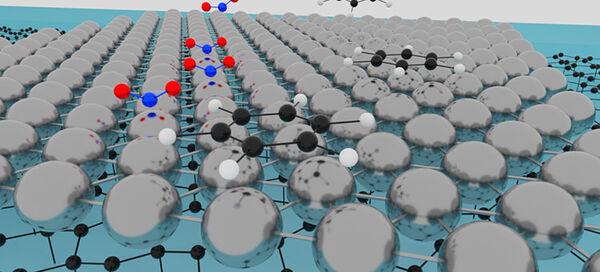
One atom thin platinum makes a great chemical sensor
"Researchers at Chalmers University of Technology in Sweden, with collaborators, have reported the possibility to prepare one-atom thin platinum and use it as chemical sensors. The results were recently published in the scientific journal Advanced Material Interfaces. “In a nutshell, we managed to make a one-atom thin metal layer, a sort of a new material. We found that this atomically-thin metal is super sensitive to its chemical environment: its electrical resistance changes significantly when it interacts with gases”, explains Kyung Ho Kim (to the right), postdoc at the Quantum Device Physics Laboratory at the Department of Microtechnology and Nanoscience – MC2, and lead author of the article. The spirit of the research is the development of 2D materials beyond graphene. “Atomically thin platinum can be actually useful for ultra-sensitive and fast electrical detection of chemicals." [...]
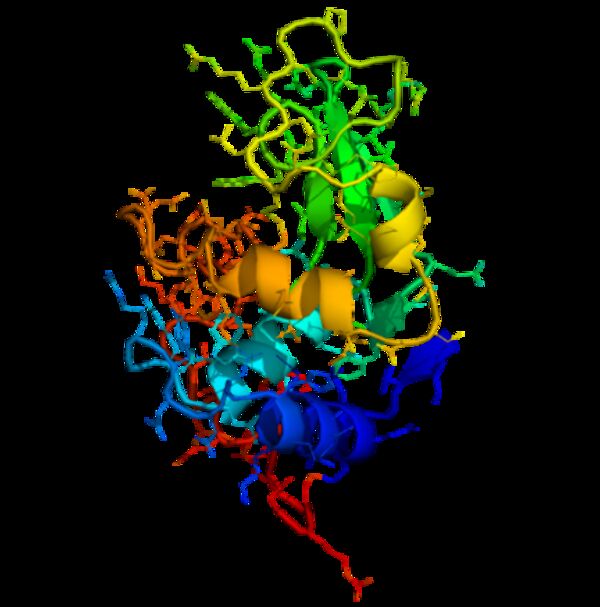
Shining a Light on Disordered and Fractal Systems
"A University of Tsukuba research team uses terahertz-frequency light to probe the unusual behavior of disordered systems to discover that the anonymously large vibrations in lysozyme can be explained by its glassy and fractal nature Tsukuba, Japan – Researchers led by the University of Tsukuba studied the vibrational modes of an intrinsically disordered protein to understand its anomalously strong response at low frequencies. This work may lead to improvements in our knowledge of materials that lack long-range order, which may influence industrial glass manufacturing. Glassy materials have many surprising properties. Not quite a solid or a liquid, glasses are made of atoms that are frozen in a disordered, non-crystalline state. Over a century ago, physicist Peter Debye proposed a formula for understanding the possible vibrational modes of solids. While mostly successful, this theory does not explain the surprisingly universal vibrations that can be excited in disordered materials—like glass—by electromagnetic radiation in the terahertz range." [...]
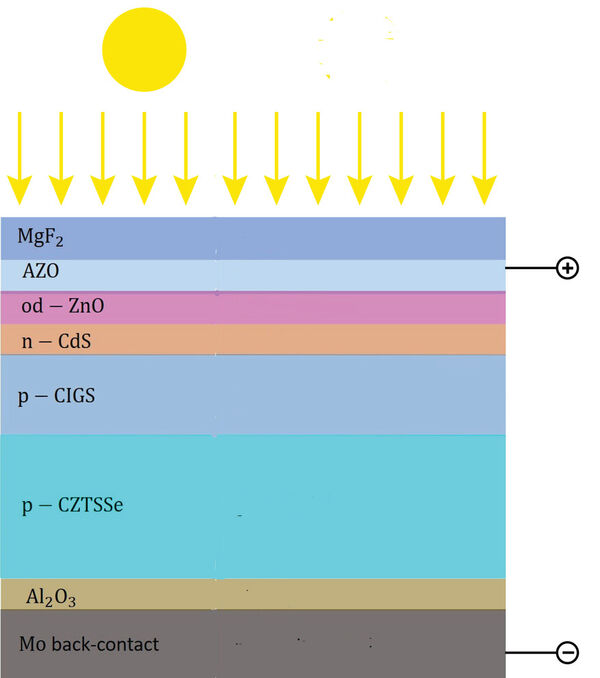
Theoretically, two layers are better than one for solar-cell efficiency
"Solar cells have come a long way, but inexpensive, thin film solar cells are still far behind more expensive, crystalline solar cells in efficiency. Now, a team of researchers suggests that using two thin films of different materials may be the way to go to create affordable, thin film cells with about 34% efficiency. "Ten years ago I knew very little about solar cells, but it became clear to me they were very important," said Akhlesh Lakhtakia, Evan Pugh University Professor and Charles Godfrey Binder Professor of Engineering Science and Mechanics, Penn State. Investigating the field, he found that researchers approached solar cells from two sides, the optical side — looking on how the sun's light is collected — and the electrical side — looking at how the collected sunlight is converted into electricity. Optical researchers strive to optimize light capture, while electrical researchers strive to optimize conversion to electricity, both sides simplifying the other. "I decided to create a model in which both electrical and optical aspects will be treated equally," said Lakhtakia." [...]

A new way to search for dark matter reveals hidden materials properties
"New research from Chalmers, together with ETH Zürich, Switzerland, suggests a promising way to detect elusive dark matter particles through previously unexplored atomic responses occurring in the detector material. The new calculations enable theorists to make detailed predictions about the nature and strength of interactions between dark matter and electrons, which were not previously possible. "Our new research into these atomic responses reveals material properties that have until now remained hidden. They could not be investigated using any of the particles available to us today – only dark matter could reveal them," says Riccardo Catena, Associate Professor at the Department at Physics at Chalmers. For every star, galaxy or dust cloud visible in space, there exists five times more material which is invisible – dark matter. Discovering ways to detect these unknown particles which form such a significant part of the Milky Way is therefore a top priority in astroparticle physics." [...]
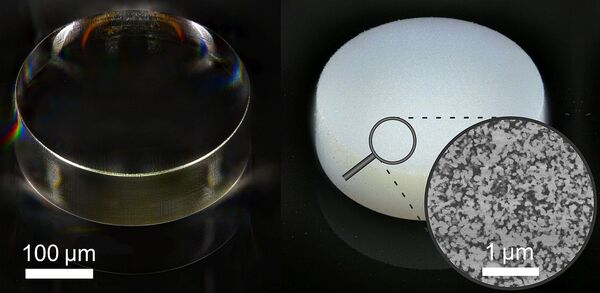
Novel Photoresist Enables 3D Printing of Smallest Porous Structures
"Researchers at the Karlsruhe Institute of Technology (KIT) and the University of Heidelberg have developed a photoresist for two-photon micro-printing with which, for the first time, three-dimensional polymer microstructures with cavities in nano-size can be produced. In the specialist journal Advanced Materials , the scientists of the joint excellence cluster 3D Matter Made to Order report how the porosity in the printing process can be controlled and how this affects the light scattering properties of the microstructures. (DOI: 10.1002 / adma.202002044) Photoresists are printing inks that can be used to 3D print the smallest microstructures using so-called two-photon lithography. During printing, a laser beam is moved in all spatial directions through the initially liquid photoresist. Here the photoresist only hardens in the focal point of the laser beam. Gradually, complex microstructures can be built up in this way." [...]
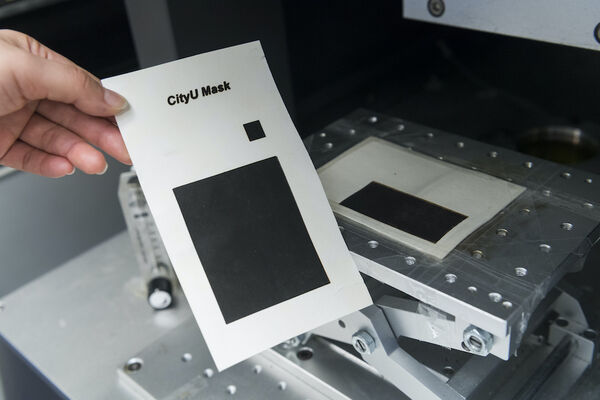
CityU develops anti-bacterial graphene face masks
"Face masks have become an important tool in fighting against the COVID-19 pandemic. However, improper use or disposal of masks may lead to “secondary transmission”. A research team from City University of Hong Kong (CityU) has successfully produced graphene masks with an anti-bacterial efficiency of 80%, which can be enhanced to almost 100% with exposure to sunlight for around 10 minutes. Initial tests also showed very promising results in the deactivation of two species of coronaviruses. The graphene masks are easily produced at low cost, and can help to resolve the problems of sourcing raw materials and disposing of non-biodegradable masks. The research is conducted by Dr Ye Ruquan, Assistant Professor from CityU’s Department of Chemistry, in collaboration with other researchers." [...]
Single photons from a silicon chip
"Quantum technology holds great promise: Just a few years from now, quantum computers are expected to revolutionize database searches, AI systems, and computational simulations. Today already, quantum cryptography can guarantee absolutely secure data transfer, albeit with limitations. The greatest possible compatibility with our current silicon-based electronics will be a key advantage. And that is precisely where physicists from the Helmholtz-Zentrum Dresden-Rossendorf (HZDR) and TU Dresden have made remarkable progress: The team has designed a silicon-based light source to generate single photons that propagate well in glass fibers (DOI: 10.1364/OE.397377). Quantum technology relies on the ability to control the behavior of quantum particles as precisely as possible, for example by locking individual atoms in magnetic traps or by sending individual light particles – called photons – through glass fibers. The latter is the basis of quantum cryptography, a communication method that is, in principle, tap-proof: Any would-be data thief intercepting the photons unavoidably destroys their quantum properties." [...]
Documentação
A documentação é parte essencial do processo de aprendizagem e a Internet além de artigos interessantes de explorar também tem alguma documentação em formato PDF interessante de ler. Todos os links aqui apresentados são para conteúdo disponibilizado livremente pelo editor do livro.
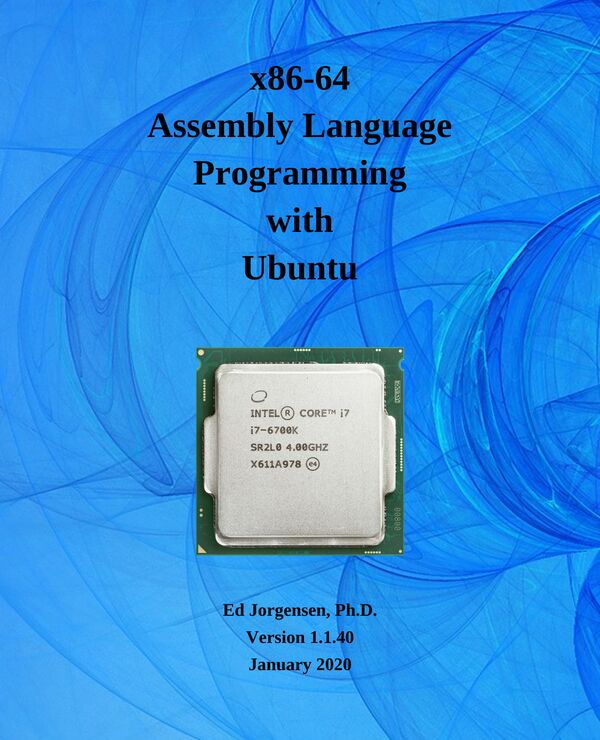
x86-64 Assembly Language Programming with Ubuntu
"The purpose of this text is to provide a reference for University level assembly language and systems programming courses. Specifically, this text addresses the x86-641 instruction set for the popular x86-64 class of processors using the Ubuntu 64-bit Operating System (OS). While the provided code and various examples should work under any Linux-based 64-bit OS, they have only been tested under Ubuntu 14.04 LTS (64-bit). The x86-64 is a Complex Instruction Set Computing (CISC) CPU design. This refers to the internal processor design philosophy. CISC processors typically include a wide variety of instructions (sometimes overlapping), varying instructions sizes, and a wide range of addressing modes." [...]
Projetos Maker
Diversos Projetos interessantes.
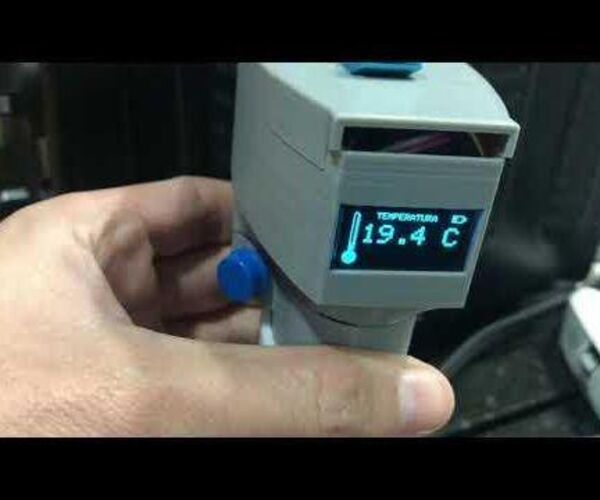
Thermo-hygrometer
"There are several instructables out there on how to build an infrared thermometer. It occurred to me that it could be interesting to add more versatility by adding a hygrometer sensor. This way, through code it could be possible to determine the dew temperature. On average use, determining dew temperature is not really necessary, however if for example some paint job needs to be done, determining the dew temperature is important. The surface temperature should be some 3C (5F) above dew temperature to avoid the formation of a moisture film between the coating and the base that could compromise the quality of the paint job. For this, in a single instrument it is posible to sense the surface temperature contactless, and at the same time determine if the site conditions are appropriate for the job." [...]
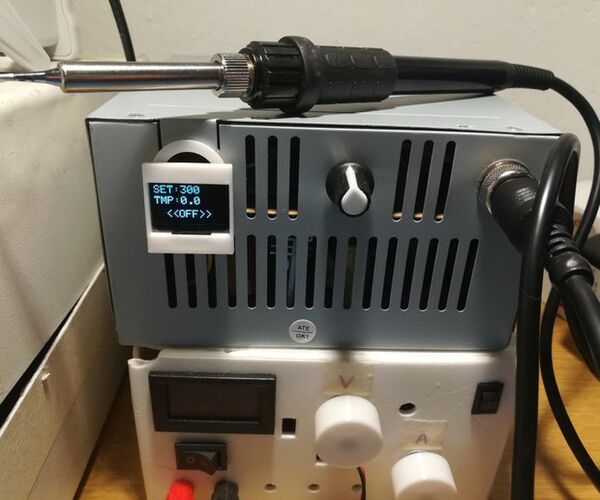
DIY Yihua Soldering Station
"If you are into electronics hobby like me, you must have use a soldering iron in order to make your prototypes or final product. If this is your case, you probably have experienced how your soldering iron, along hours of using, gets overheated such a point the handler can also melt the tin. That's because a normal welder which you connect directly to mains voltage, acts as a simple heater and will heat and heat until you disconnect it. That can damage some temperature sensible parts when the solder is overheated. And this is why the soldering station are the best option for electronics. (if you only solder cables, maybe this is not for you)." [...]

DIY Clone NANOLEAF
"Hii Tech Lovers in this Instructable I'm going to show you how to make Arora Nanoleaf No power tools use & you can customize those panels. I have made 9 Panels, total 54 Neo pixel LEDs. Total cost under $20 (Indian 1500) Nanoleaf light panels, formerly known as Nanoleaf Aurora light panels, have been around for a while now. These are triangular lighting panels which connect together in a variety of customization ways. The result of which is a personal lighting experience which fits neatly into your home and own personal style. Supplies:MATERIALS REQUIRED - 1." [...]
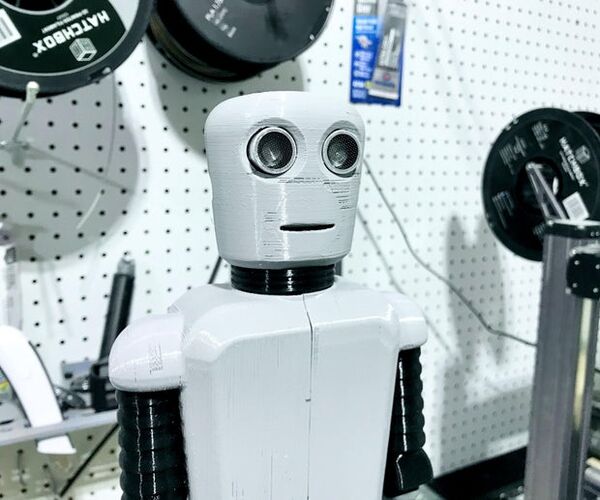
The Social Distancing Halloween Candy Robot
"If you're looking for a fun new way to interact with this years Halloween trick-or-treaters and you're up for the challenge that this project brings, then jump right in and build your own!This social distancing robot will 'see' when a trick-or-treater walks up, and dispenses a mini candy bar. The project utilizes an ultrasonic sensor as the robot's eyes. Supplies: Materials: 5-6 square feet of plywood (1/2” thick is recommended) Spool of PLA, One or more colors Electronics: 1 - Arduino pro mini (or nano) 2 - 28byj-48 5v stepper motors with ULN2003 controllers 1 - 28mm Speaker 1 - Audio Amplifier 1 - Ultrasonic Sensor 1 - SD Card Module (micro or regular) 1 - USB power adapter board 1 - Battery Power Supply. At least 4400mah Various jumper wires to connect everything together Tools: Screw driver Drill Saw (or CNC) 3D printer Soldering iron Wire strippers Hammer" [...]
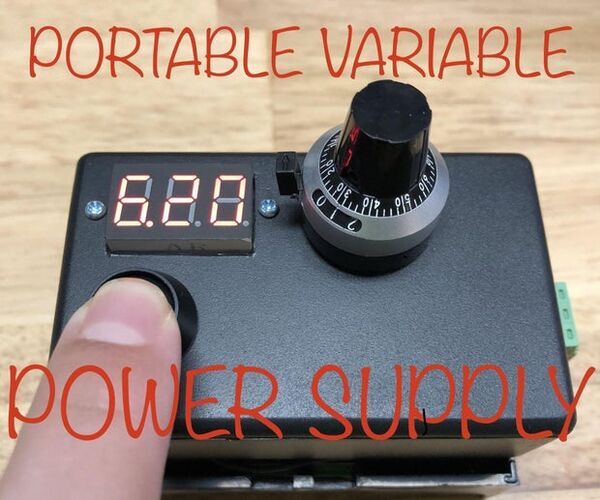
Variable Portable Power Supply
"In this instructable we will make a portable, variable power supply, using a step down buck converter, three 18650 cells, and a 7-segment display voltage readout. The power output is 1.2 - 12 volts, though the led readout cannot read below 2.5 volts. Let's start with the needed supplies. Supplies: Sep down buck converter, LM2956 Panel mount multi-turn potentiometer, 10k Three 18650 cell battery holder x3 18650 Lithium-ion battery cells Panel mount push button, momentary Panel mount on/off switch Panel mount led display voltage readout Screw terminals, 3 pin 3 screws, 2 small 1 larger, exact sizes based on your components, detailed later 3 nuts, I per screw 8 washers, 4 for each of the smaller screws Teflon wire (easiest to solder to but any wire will do) Project box, 3.15 x 1.97 x 1.02 inches Electrical tape Tools: Soldering iron Solder Wire strippers Wire cutters Hot glue gun and hot glue Desoldering iron or desoldering wick Pencil Razor blade" [...]
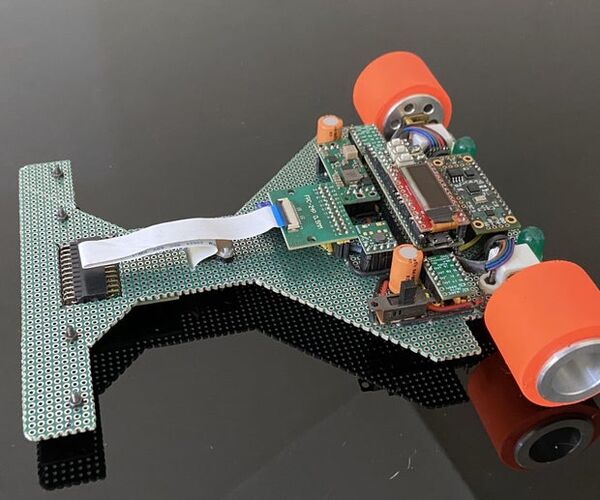
Advanced Line Following Robot
"This is an advanced line following robot based on Teensy 3.6 and QTRX line sensor that I have built and have been working on for quite some time. There are some major improvements in the design and performance from my earlier line following robot. The speed and response of the robot has improved. The overall structure is compact and lightweight. The components are arranged close to the wheel axis so as to minimize angular momentum. High power micro metal gear motors provide the adequate torque and aluminium hub silicone wheels offer much-needed traction at high speeds." [...]
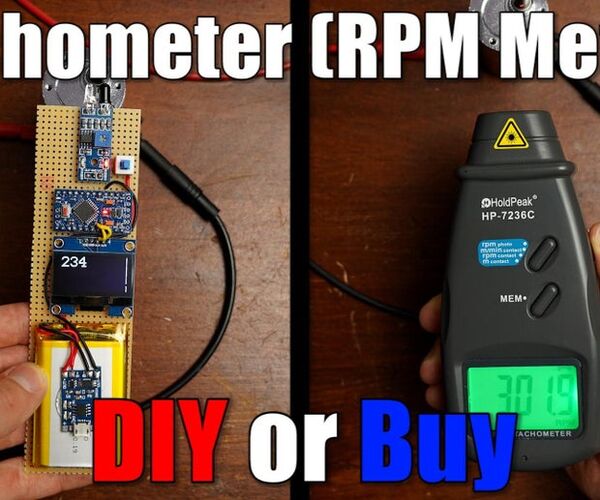
DIY Tachometer (RPM Meter)
"In this project I will show you how a 3 IR distance sensor works and how we can use it to build a proper DIY tachometer that functions properly. Let's get started! Here you can find a parts list: 1x Arduino Pro Mini 1x IR Distance Sensor 1x 128x64 OLED 1x TP4056 Charge Protect Board 1x LiPo Battery 1x Toggle Switch" [...]
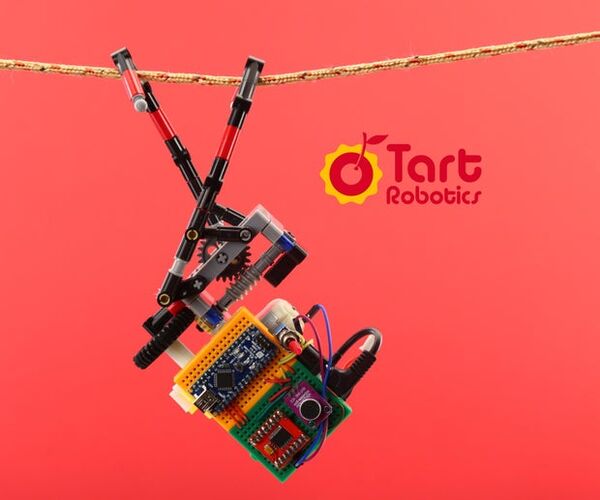
A DIY Zipline Robot With Arduino, Lego, and 3D Printed Parts
"Introduction Have you ever thought of robots that are involved in sports and recreation activities? Robots that could mimic the act of athletes like runners and, gymnasts. Such robots are extremely interesting for robotics enthusiasts, makers, and inventors. One of the sports and recreation activities that attract boys and girls, young and adults are ziplining. Ziplines are designed to transfer cargo or a person from the top to the bottom of the inclined cable. The cargo or the person is propelled by gravity and moves on the cable through a freely rotating pulley." [...]
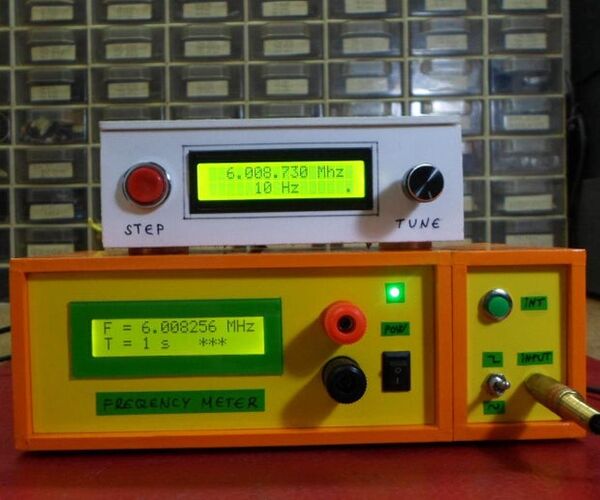
DIY Simple Arduino Frequency Meter Up to 6.5MHz
"Today I will show you how to build simple Frequency counter capable to mmeasure frequences of reactangular, sine or triangular signals up to 6.5 MHz. The device presented in the video is a frequency meter made using an Arduino Nano microcontroller. It can measure the frequency of signals with rectangular, sinusoidal and triangular shapes. Its measurement range is from a few hertz to 6.5 Megahertz. Three measurement time intervals are also available - 0.1, 1 and 10 seconds. If we measure only rectangular signals, then there is no need for a shaping amplifier and the signal is fed directly to the digital pin 5 from Arduino." [...]
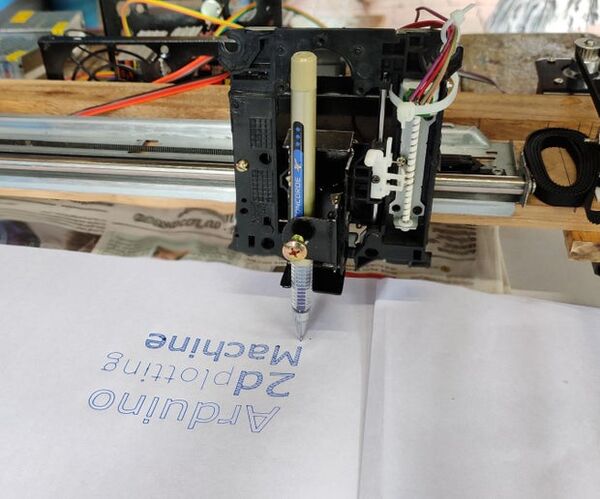
The Arduino CNC Drawing Machine
"Hi guys, so this instructable will help you out to make simple, less budget Arduino cnc plotter. In this project i had used some recycled parts like printer rail, smps box cd drive mechanism etc.. so the supplies that you should buy are less and less in cost too. I was very curious about all these kind of stuff so that i had started building this project couple of months before. well i thought i can draw the school records using this great 2D machine. This instructable will cover almost all the area to build a high quality cnc machine. Firstly I will step into building the mechanical setup of the cnc machine." [...]
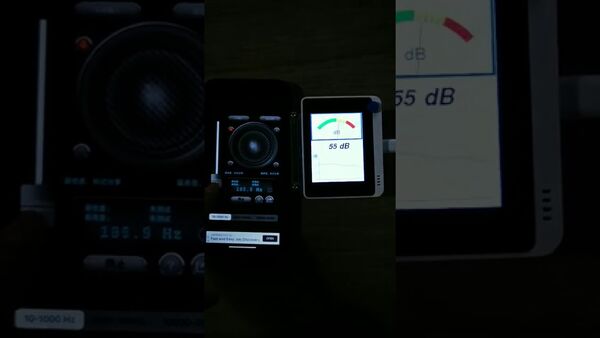
Measure Noise Level Using the Wio Terminal
"Display a decibel meter on Wio Terminal with the accurate measurement! Recently I want to test how loud the PC radiator sounds when My computer is at its peak performance. but the decibel meter quite expensive for me and I have to wait for days to get my delivery. so I find a perfect device which is Wio Terminal, and I am really excited to use it yo made a decibel meter, Because the Wio Terminal is not only cheap but also with the high performance, I am really happy to use it to do I need. Feature The dB can be presented in the dial plate, reading and line-chart respectively. It has a guide to introduce what the number of dB mean." [...]
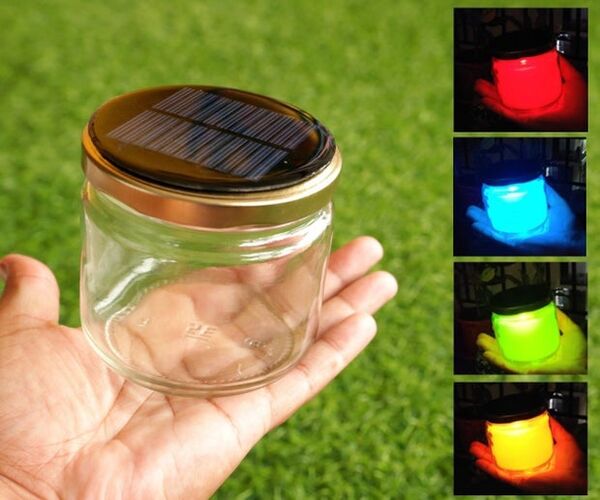
DIY Rainbow Solar Mason Jar
"In this Instructable, I am going to show you how to make a Rainbow Solar Mason jar. This is a great project for people with minimal electronics skills, you can make this within an hour. This is an inexpensive and easy way to add charm to any outdoor space which gives off beautiful rainbow light well after the sunsets. The Solar Mason Jar depends wholly on the sun for power, which ultimately means it saves you more energy, and you dont have to worry about unplugging once it is fully charged because the battery automatically stops charging once its full, and as long as the solar panel is facing the sun, you can rest assured that it will charge and ultimately give your garden a colorful illumination. The Mason Jar Light is equipped with inbuilt sensors. Once the sun begins to fade into the horizon, it automatically switched on leaving your garden with colorful rainbow light." [...]
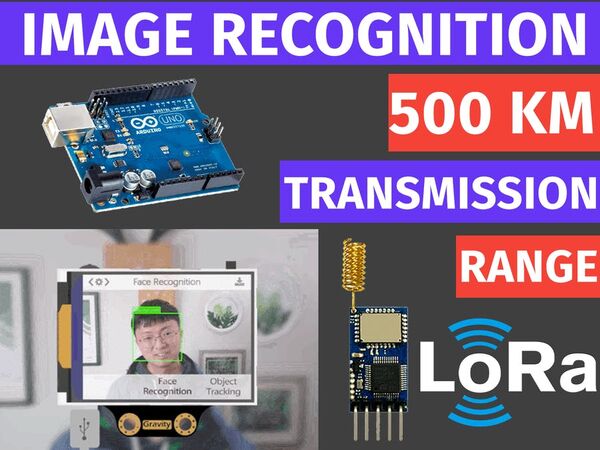
LoRa Image and Video transmission wireless | AI on HuskyLens
"Make complex tasks like Image Recognition and Object detection simple with the AI-powered HuskyLens module and transmit that data on LoRa. In this project, we are going to have a look over the HuskyLens from DFRobot. It is an AI-powered camera module that is capable of doing several Artificial Intelligence operations such as Face Recognition, Object Recognition, and Line Recognition, etc. It is somewhat similar to the MatchX module which we discussed some time back in this project. As the MatchX module was a bit expensive, I decided to make something similar on my own and for that, I found HuskyLens as a great choice because it is cheaper in comparison to the MatchX module and can do everything that the MatchX can except one i.e transmission of data and for that purpose we will interface the Huskylens module with RYLR907 LoRa module from Reyax and we will be good to go. After the interfacing, we will use this HuskyLens to detect an object and send that detected data using the LoRa module to another LoRa module at the receiver side." [...]
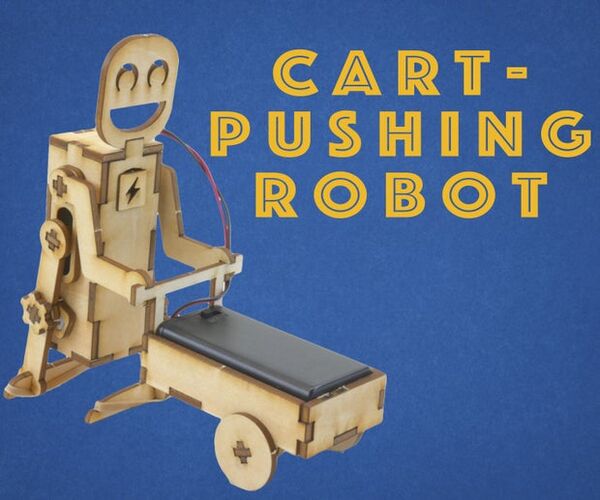
Laser Cut Cart-Pushing Robot
"This cheerful DIY desktop companion pushes its own power pack! Cart Bot's only function is to make the world a little more delightful by jauntily jogging ever forward. I love designing laser cut robots. It's incredibly satisfying to watch a mechanism move with repeated precision and it's even better when that machine can travel across your table under its own power. So far I've made 7 walking robots for my small Etsy store and in this Instructable I'm going to share the Cart Bot.svg file so you can cut out the pieces yourself on a laser cutter. I'll also share some insights I've had about the overall design process in case you feel inspired to create your own little robot friend." [...]
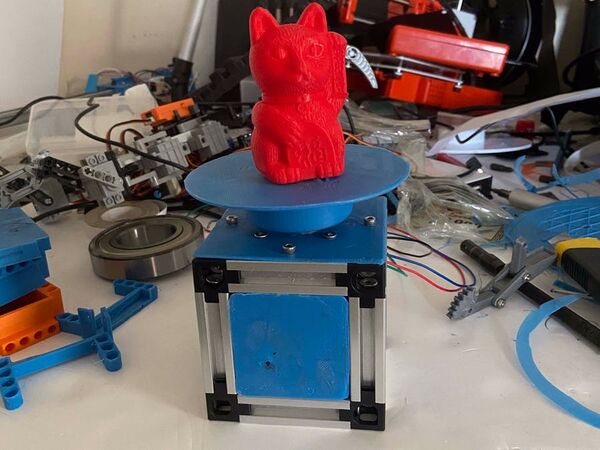
Atomic Photography Turntable
"A travel size, reconfigurable, wireless programmable photography turntable. A small travel size reconfigurable programmable photography turntable. This turntable is a miniature version of my previous turntable project designed to use the smallest M5Stack products available. The controller for this one is the new Atom Stepper motor kit from M5Stack https://m5stack.com/collections/m5-atom/products/atom-stepmotor-kit?ref=pfpqkvphmgr I chose this as it only contains one stepper motor driver and is the simplest hardware controller that currently exist in the M5Stack Product line resulting in a much more compact design. " [...]
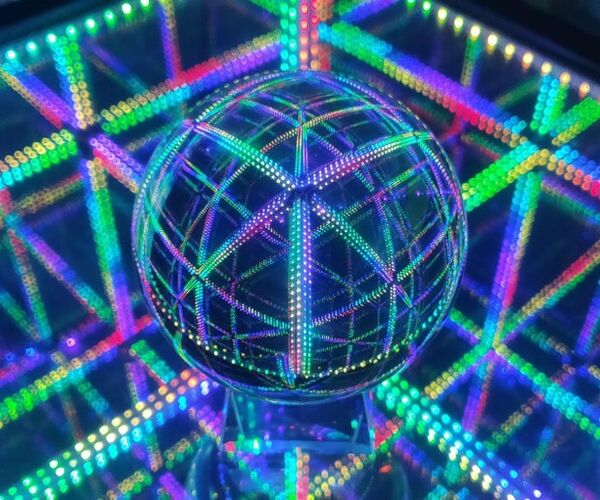
LED Sound Reactive Infinity Cube End Table
"Wow! Whoa! What a cool effect! -- These are some of the things you'll hear upon completing the guide. A completely mind-bending, beautiful, hypnotic, sound-reactive infinity cube. This is a modestly advanced soldering project, it took me about 12 man hours over a weekend to build." [...]
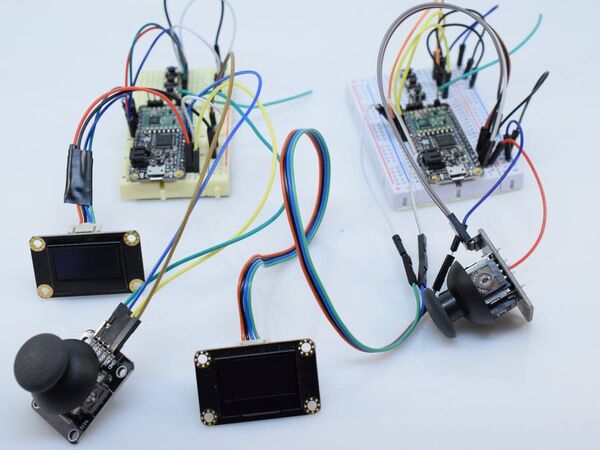
Send Secret Messages from 500m Away with Packet Radios
"Use a pair of packet radios to draw and then send pictures between the two devices without WiFi or Bluetooth. The Idea Reliance on certain wireless networks/protocols can add significant costs to a project, as well as limit how far away they can be. WiFi and Bluetooth both use the 2.4GHz band, which limits them to around 50-60 meters from an access point. This can be detrimental if all you want is to send a simple message between two points. Additionally, other protocols don't have builtin encryption standards, which can leave messages prone to snooping. This device fixes these problems." [...]
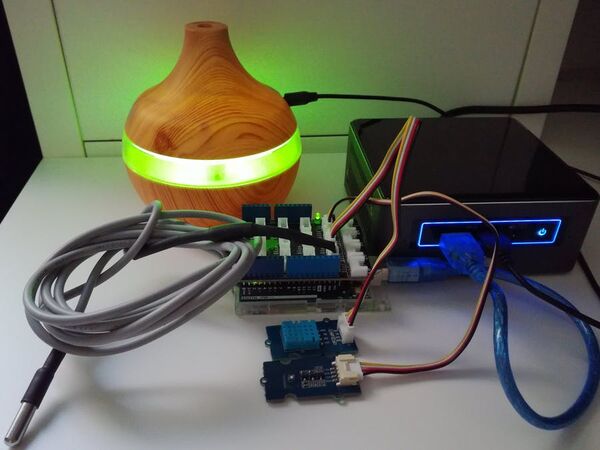
Arduino-Based Determination of an Air Humidifier Efficiency
"Using Arduino and the sensors I analysed how a small air humidifier can change the parameters of the room and influence health state. Portable humidifiers are very popular for use in a variety of environments and the manufacturers of these devices promise not only humidification but also purification of the air when using their products. I decided to check how effective the use of a humidifier is on the example of a small closed room (my office) - the size of the room is 10м². Part 1 - Humidifier. As for the device, my choice fell on a small air humidifier with the following parameters: dimensions: 110 x 110 x 115 mm volume: 300ml capacity: 35ml / h" [...]
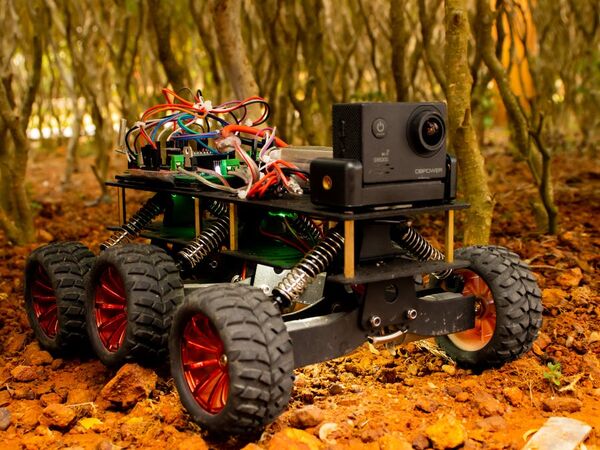
Arduino Remote Controlled Robot using HC12 Wireless Module
"Lets Build this Amazing 6 Wheel Drive Remote Controlled Robot using Arduino and HC12 Hey guys, hope you all saw the demo of our latest Arduino off-road robot, cool right? Now let us take a look at the components used one by one. In this post, I will be showing you how I built this Remote Controlled Robot. " [...]
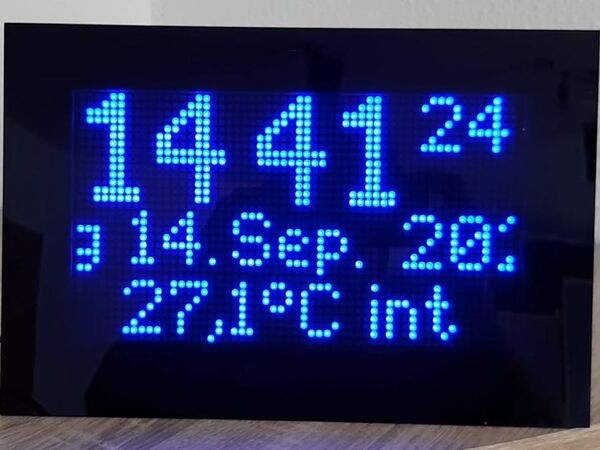
Yet another dot matrix clock
"NTP synchronized dot matrix clock showing temperatures and humidity.. Optionally the time source can be GPS. That is what some readers may think, what? Another dot matrix clock? In order to combine inside/outside thermometers with a nice and precise clock I began designing the first version of this clock in 2014. Those days it was controlled by an Arduino Mini and received the time from a DCF receiver. DCF77 is the local time transmitter here in Germany, but using this technology limited the use of this device to Central Europe." [...]
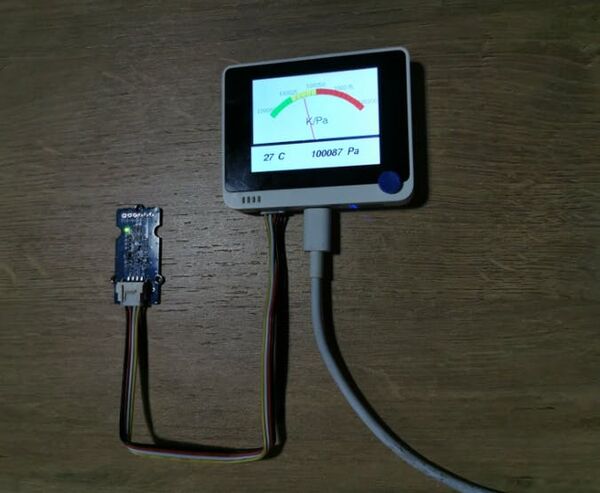
Barometric Pressure Sensor Using the Wio terminal
"It is a convenient device for detecting the barometric pressure and temperature using the Wio terminal. Barometric pressure and temperature are part of the weather forecast, so I made high-precision air pressure and temperature sensor and used the Wio terminal to display the pressure on the dial plate, meanwhile, the under of the screen displays the temperature and pressure values. " [...]
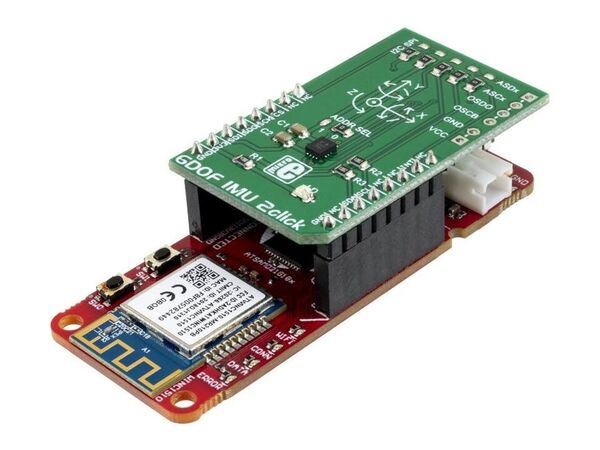
Vibrational Anomaly Detector with SAMD21 ML Evaluation Kit
"Build a vibrational anomaly detector using Cartesiam's NanoEdge AI Studio and deploy it to the SAMD21 MCU. Story This tutorial will guide you through the process of building a vibrational anomaly detector using NanoEdge AI Studio and deploying it to the SAMD21 development board with MPLAB X. We’ll be capturing accelerometer data using the Mikroe IMU2 Click board and use NanoEdge AI Studio to train a library that can model the nominal behavior of a USB case fan. Then we’ll deploy that library to the SAMD21 MCU to detect anomalous events (in this case, fan blockage) in real-time. Once you’ve completed this project you should have the knowledge and starter code to build an anomaly detector that fits your own needs. Before You Start Before we get started you’ll need to install and set up the required software as detailed in the steps below First, install the MPLAB X IDE and XC32 compiler. These are required to program the SAMD21." [...]
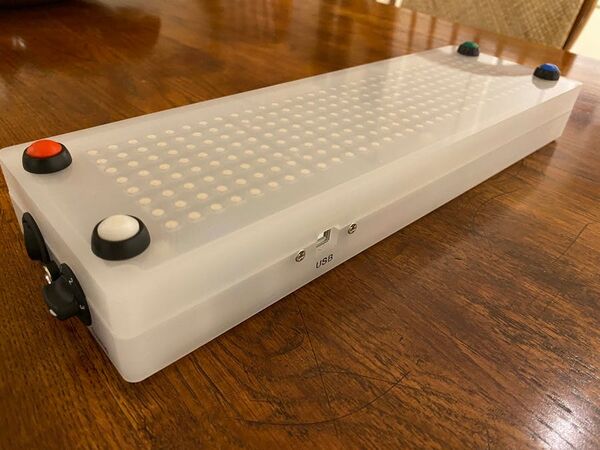
Digi Crib: A Digital Cribbage Board
"When the pandemic started, I decided that I needed to ensure that I kept myself occupied during lock down, so I mentioned to my parents that I was thinking about restarting my childhood hobby of electronics. As soon as I mentioned this, my mother said “Would you build us a Cribbage Board?”. When I asked why, she explained that they (my parents) are getting older and they lose count and where they are on the wooden board they use and this causes arguments when playing. The scene was set for my first project. To understand the project, you need to know about the game Cribbage. Cribbage is a card game, where players score points based on hands, just like Poker." [...]
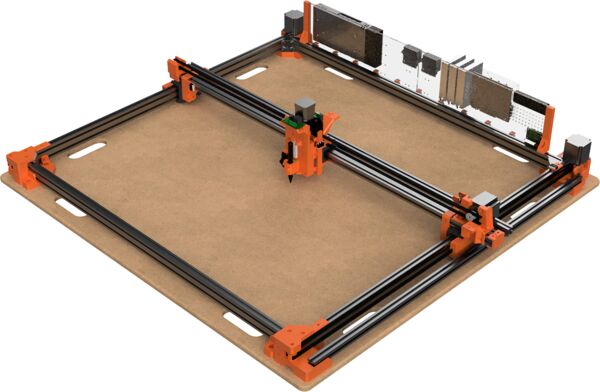
CyberPlotter
"Earlier this year we released designs for the Engravinator and while designing that, I caught the CNC bug… hard. I’ve been using all sorts of CNC-type machines for years, of course, already owning multiple 3D printers, lasers, and CNC routers. What I mean is the bug for building my own. The Engravinator is a great little machine and that’s what it’s designed to be. Small. But I quickly wanted to be able to work with much larger material and have a level of flexibility that the Engravinator just did not afford." [...]
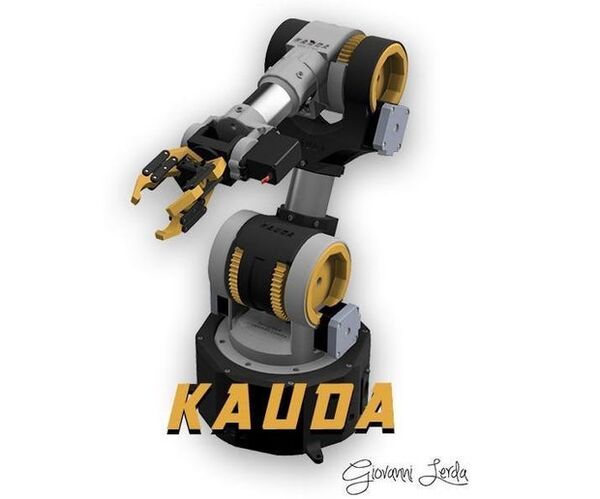
KAUDA Robotic Arm
"KAUDA is a printable and DIY robotic arm developed with the aim of creating a robot that could cover the functions you want at a low cost, without losing quality and efficiency. Developed by a maker for makers, for those who want to work on it, apply changes, study new functions and therefore have fun with it. KAUDA is intended primarily for students, teachers, schools and universities, in order to be able to work with simple and intuitive robots, easy to make, assemble and program. In a short time you can have a simple, intuitive and fun product on your desk, teaching post or work station. 3D Printed Parts: Base [QTTY. 1] Base door [QTTY." [...]
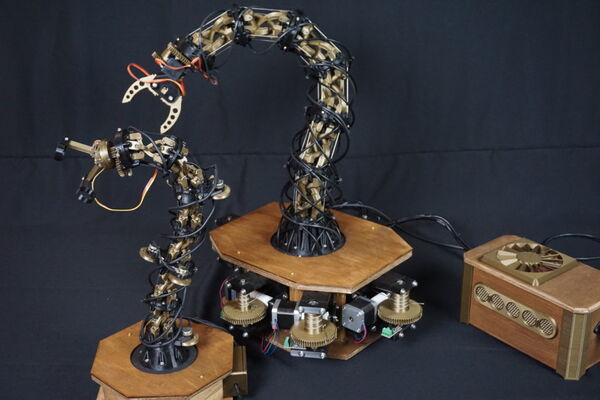
Animatronic Tentacle
"A springless animatronic tentacle mechanism that can move in all directions and is strong enough to pick things up. Why because I can. When has a lack of good reasons ever stopped anyone. Also, the original spark for this project was this hackaday article. In this article the construction of a cable driven animatronic tentacle mechanism was described. While this construction used has been known for decades, and the article gave a great example, I was captivated by an idea." [...]
That's all Folks!



